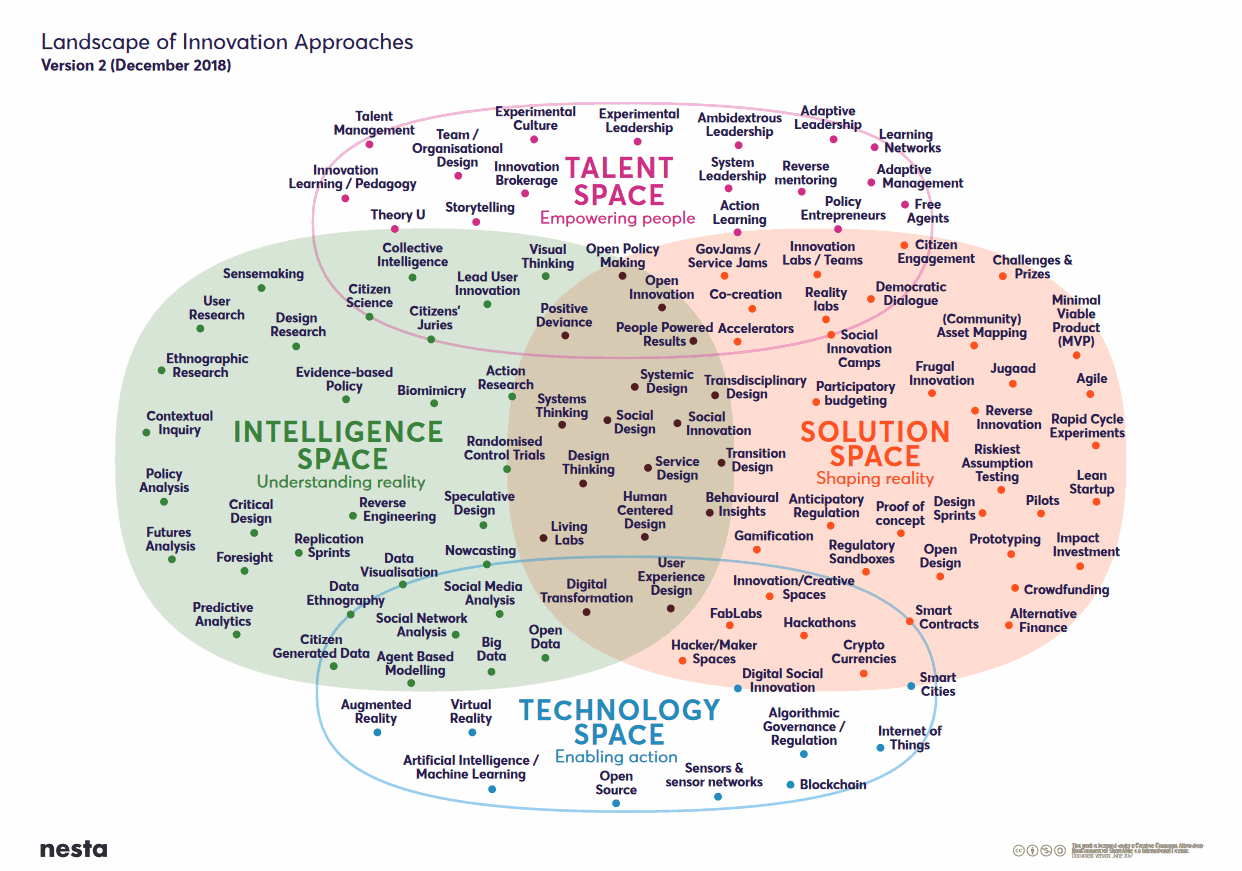
Technological innovation has a central role to play in the Energy Transition currently being undertaken throughout the world. The shifts need to take the different parts of the energy system through a lifecycle approach to any future energy system
Briefly, our energy system has been based mostly on fossil fuels (oil, coal, gas) and as we extract these, they are non-renewable and the primary cause of the carbonization crisis we are all facing on planet earth. The solutions to replace these fuels are renewables based on wind, solar, biofuels, and have a sustainability credential. The economics of powering the energy system with renewables has got to the point where there is real competitiveness so we can undertake this energy transition and reduce the emissions of carbon into our atmosphere.




